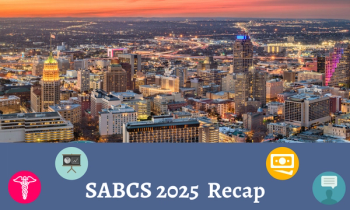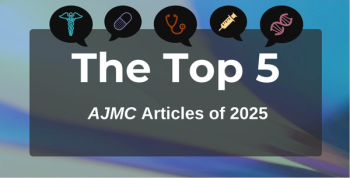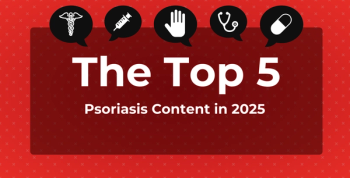
CMS Gives States Medicaid Guidance for Treating Infants Affected by Opioids
CMS released guidance to states Monday about how to use Medicaid to manage infants with neonatal abstinence syndrome, as well as using health information technology (IT) such as telemedicine to combat opioid use disorder.
CMS released guidance to states Monday about how to use Medicaid to manage infants with neonatal abstinence syndrome (NAS), as well as using health information technology such as telemedicine to combat opioid use disorder (OUD).
“The number of American infants born dependent on opioids each day is heartbreaking,” HHS Secretary Alex Azar
The
In addition, CMS
CMS said NAS is a rapidly growing public health concern; roughly 80% of infants treated for NAS receive their care through Medicaid.
The incidence of NAS increased nearly 5-fold between 2000 and 2012—from a rate of 1.2 per 1000 hospital births per year in 2000 to 5.8 per 1000 hospital births per year in 2012—for a total of 21,732 infants diagnosed with NAS that year.
NAS is a group of symptoms in newborn infants exposed to any of a variety of substances in utero, including opioids. Withdrawal most commonly results from exposure to
NAS treatment may occur not only in hospitals, but also in other settings. CMS also said it supports nonpharmacological care for infants like rooming in with the mother, breastfeeding, swaddling, quiet environments, little stimulation, skin-to-skin contact, and other environmental approaches, which it called critical first-line care.
Using Medicaid Funding to Enhance Technology
The opioid technology guidance advises states on which funding authorities may support new
There is an emphasis on using existing authority contained in the final rule called Mechanized Claims Processing and Information Retrieval Systems and in the Health Information Technology for Economic and Clinical Health, commonly referred to as
In the case of systems supporting Medicaid Information Technology Architecture business processes, 2 options may be available for states to use; a 90% enhanced funding to design, develop, and implement systems might be available with a 75% enhanced match available for the maintenance and operation of such systems.
The guidance falls in line with the
Federal funding could also be used for shared electronic care plans and could complement medication assisted therapy, patient apps, and remote monitoring technology.
In addition, states are encouraged to reduce provider burden by creating a single sign-on interoperability between EHRs and prescription drug monitoring programs (PDMPs), allowing physicians to e-prescribe in the same platform where EHRs are held.
Integrating EHRs and PDMPs removes the requirement for healthcare providers to log in to a separate system, manage a separate log in, and disrupt their workflow to query the PDMP, CMS said.
Newsletter
Stay ahead of policy, cost, and value—subscribe to AJMC for expert insights at the intersection of clinical care and health economics.








































